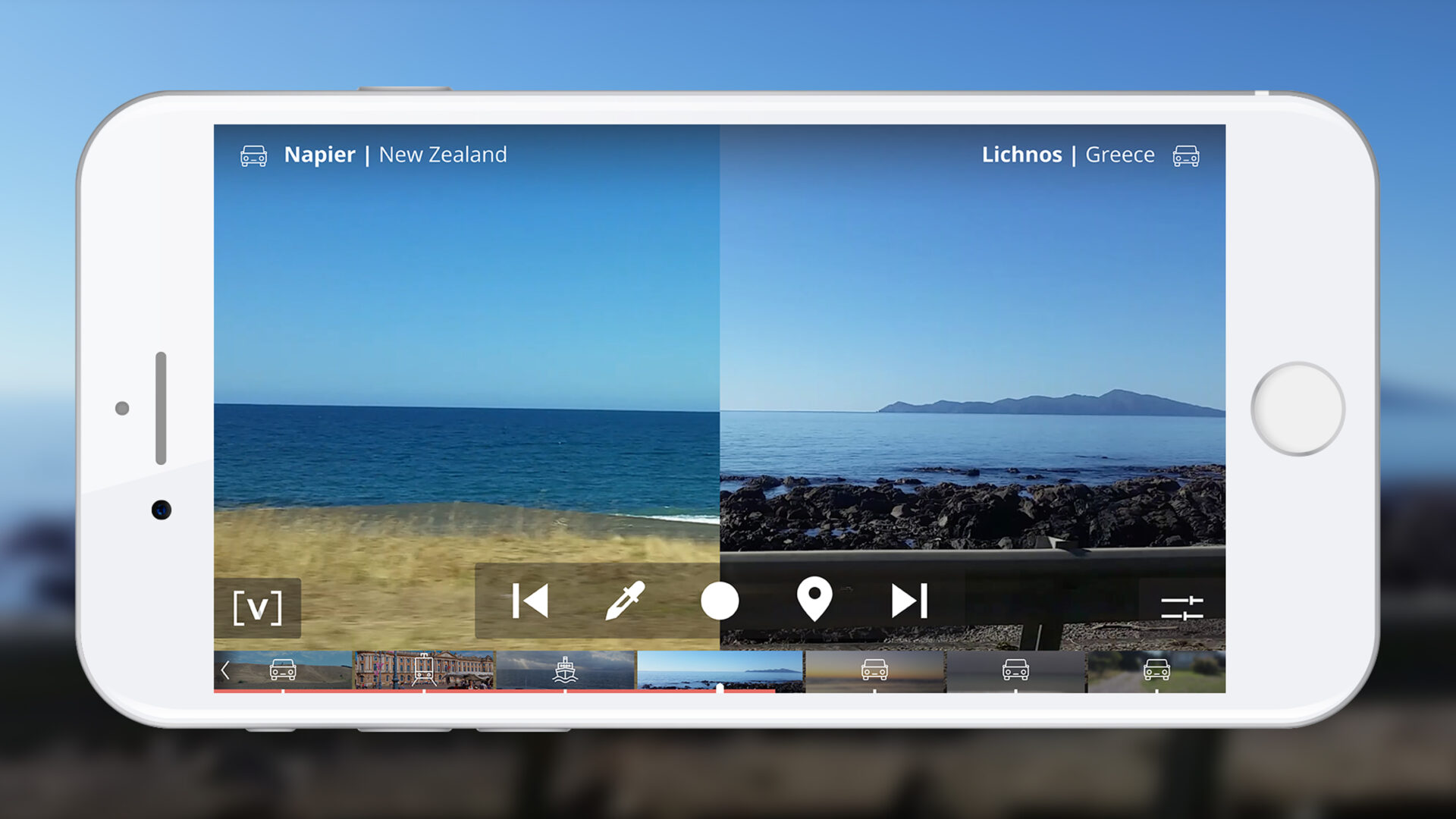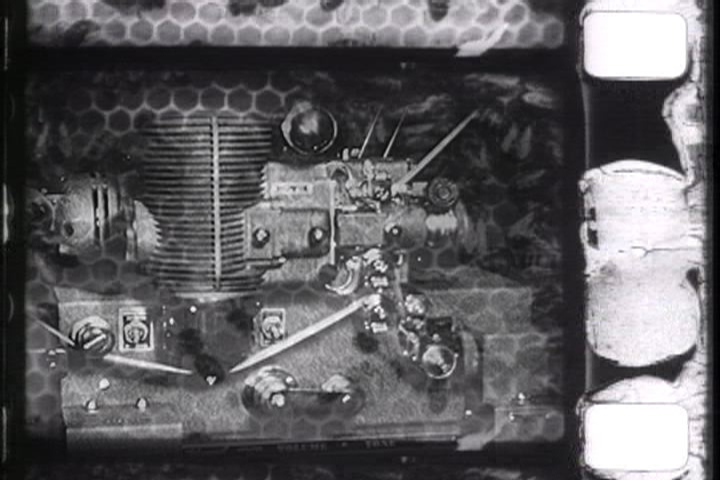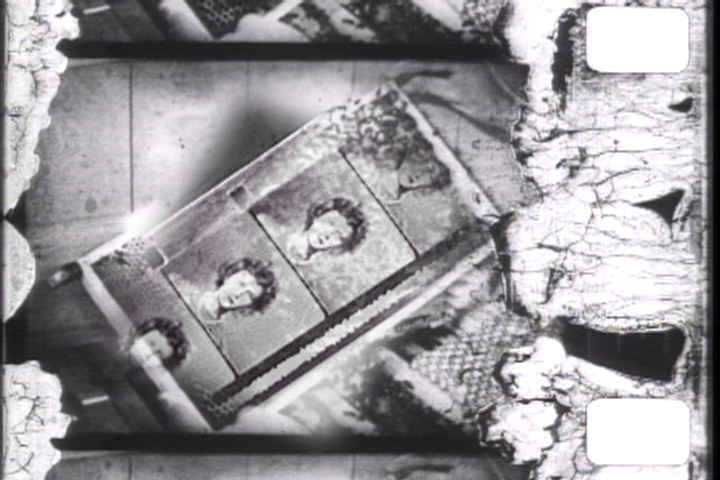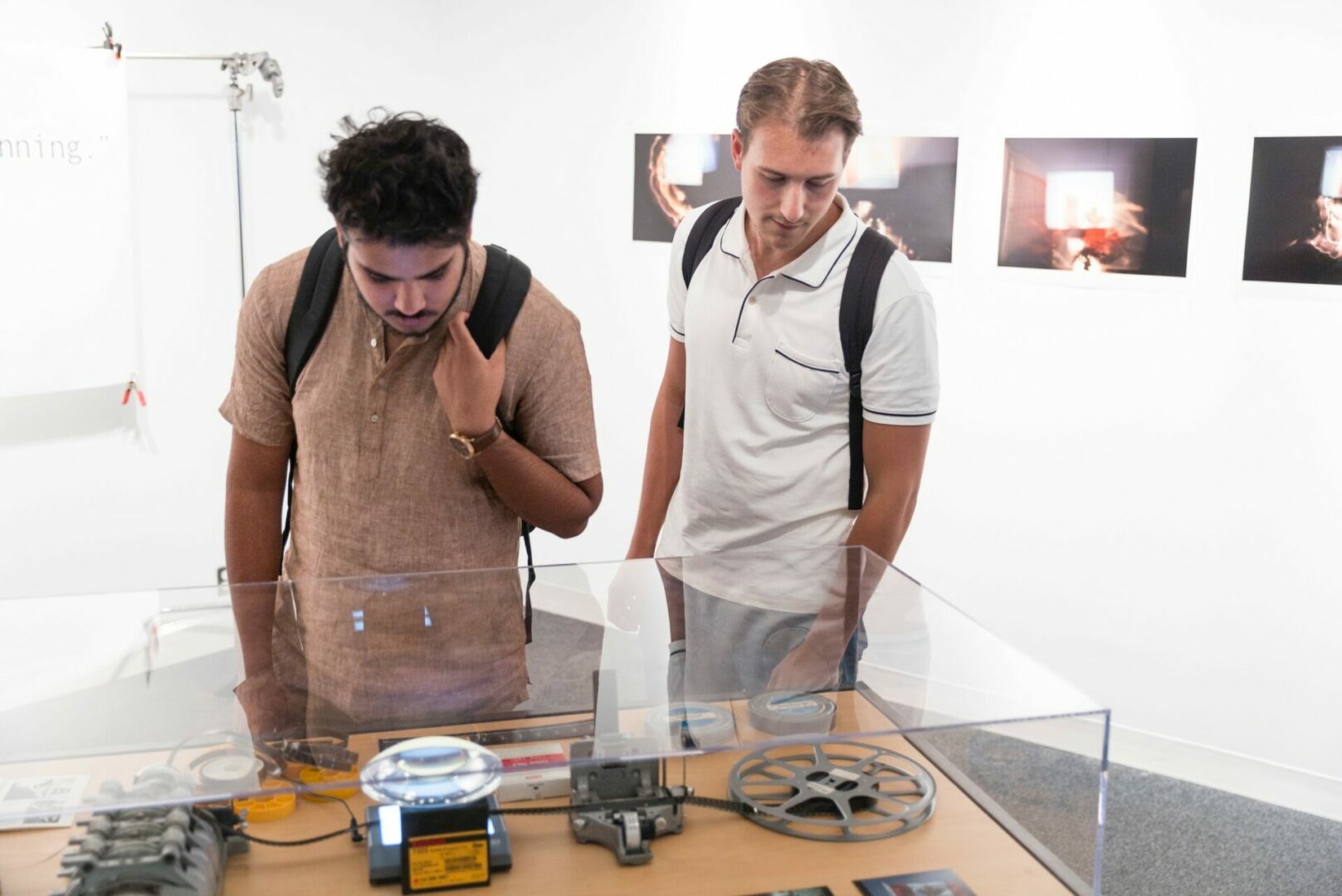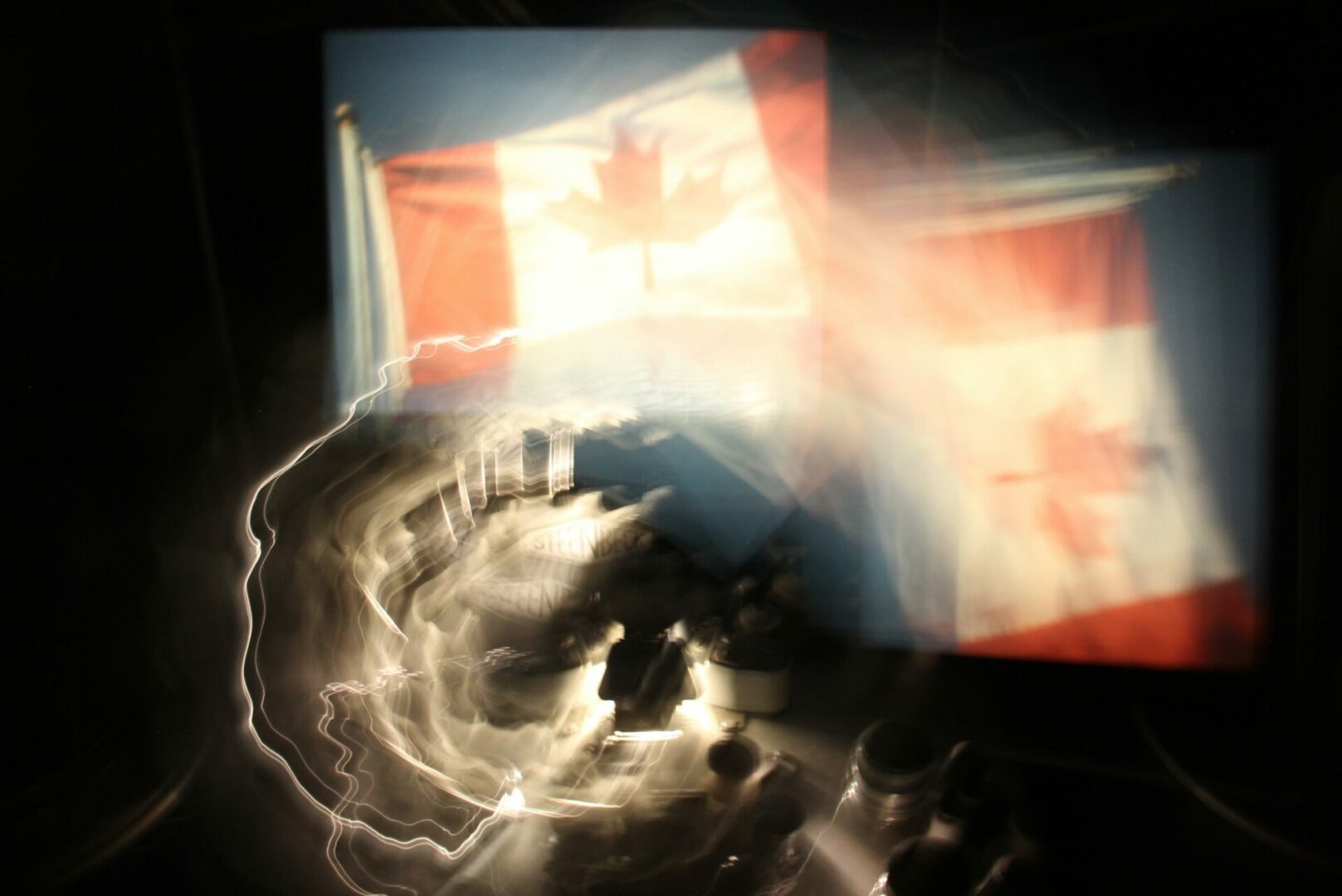Various Work by Gerda Johanna Cammaer
1. CELLULOID FILMS
I got my formal training as a filmmaker during my BFA and MFA at the Mel Hoppenheim School of Cinema of Concordia University in Montreal (1996-2000). There I learned shooting and editing on 16mm film, as well as optical printing which allowed me to create special effects and transfer Super-8 film to 16mm myself. Working for years with film in a hands-on fashion, editing and printing my films frame-by-frame, had a big impact on my later work and my appreciation of analogue film in general.
I dedicated my PhD thesis (2010) to the transition of film to digital, or the so-called “death of film”, and the loss of (film-)history that came with it. Due to cost, only three of my films are also finished on film and can be projected on 16mm: Hydromancy, 1000 Feet and Struggling in Paradise (my first found-footage Film).
Freezing Time (1997)
Inspired by the idea that it is impossible to stop time, this film tries to do just that, by showing that it is just as possible or impossible as making ice glow. Winner of the Super Suite Award (Concordia University, 1997).
Hydromancy (1998)
This dance film is a search for the “oceanic feeling” or the experience of being one with the entire universe, by contemplating the movement of water. Once found, it becomes an ecstatic water dance. Winner of the Chair’s Award (Concordia University, 1998) and Runner-up Best Experimental / Animation at the Rhode Island International Film Festival (Providence, U.S.A), 1998.
https://vimeo.com/manage/24025150/general
1000 Feet (2000)
A walk through the city of Maputo becomes a poetic visual essay. Inspired by two Mozambican poems, the central themes are shoes, time, space, history, humanity, reading the asphalt and the intrusive effect of a camera.
2. FOUND-FOOTAGE FILMS
With almost all analogue film disappearing, found-footage films have become an important contribution to the preservation and appreciation of our celluloid past. In contrast to our society’s growing amnesia with regards to analogue film and analogue filmmaking practices, found-footage films remind us of this important heritage. Many found-footage films operate as moving image catalogues for a so-far undervalued film antiquarium of 16mm films and the many lesser known film genres that were shot on this format, such as industrial films, mental hygiene films, educational films, ethnographic films and home movies. I love working with this kind of found-footage, and I try to do so following Walter Benjamin's motto that “the true method of making things present is to represent them in our space, not to represent ourselves in their space” (The Collector, 1999, p. 206). Last but not least, working with found-footage presents me with a broad spectrum of possible storytelling techniques, including irony and parody, which makes it a really fun genre to work in.
Struggling in Paradise (2004)
A found-footage film that explores how amidst information overload and mediated emotions, “paradise” as a state of complete happiness, remains a fleeting promise, a state of mind impossible to achieve. When asked, even Hitchcock struggles to define what happiness is. Winner Most Innovative Film Award @ Fellowship of the Reel, Atlantic Filmmakers Cooperative (AFCOOP): Halifax (2004).
Stardust (2009)
This film celebrates the dust and scratches of analogue film, and its magic powers for time and space travel. It is an imaginary plea to preserve our dying celluloid past and to fight the complete takeover by digital technologies. Made in collaboration with sound artist Gerstyn Hayward (Randolph Jordan). Honorable Mention International Film Competition @ Videoex International Film and Video Competition, Zurich (2010).
A 1940’s damaged instructional film is reworked to demonstrate both good bee-keeping and good film keeping practices, while alluding to the nearing extinction of 16mm film and honeybees today.
Skindrums and Tattoos (2009)
Made with a damaged and purposefully scratched screening copy of Belles of the South Seas (Castle Films, 1944), Skindrums and Tattoos is a parody on the white-centric ethnographic films of that era.
1953 (2010)
Slightly absurd and surreal video made with 8mm images filmed by Cornelius Mertens (my great grand uncle) in 1953 (the original title of the unedited film reel). People dressed as brides wander around in a garden, camera man included, until they all leave to join another (costume) party.
Stargate (2010)
Close-up still images of recycling bins full of 16mm film are subjected to digital effects to create a psychedelic transgression through an analogue universe of ‘dead’ film into the digital world, mimicking the main scene of Stanley Kubrick’s 2001 A Space Odyssey, part four: Jupiter and Beyond the Infinite.
Undressing Sexism (2017)
Spoof on a very weird sexist film explaining how women should undress for their husbands (found online).
Orbits (2019)
Role reversing found-footage and found-text film about lunches, lust and maybe love...Film made for the 100 Words Film Festival.
3. SLUG-FILM VIDEOS
Both as a scholar with an interest in the development of film as an art in times of technological change, and as an experimental filmmaker, I explored the possibilities of using 16 mm slug as found-footage and digitize it. Slug film is the ‘unwanted’ film footage used as fill. In work-prints, it is used to replace damaged or missing images. In sound tracks, slug is used as fill to create silence. The more traditional versions of slug, namely scratched discolored projection copies, I use as split screen images to retell the original story as my own. The later type of slug film, 35 mm test prints cut in half, I screen as 16 mm, so that the image constantly jumps between the upper and lower half of the frame. The latter creates a frantic but most interesting new film experience that plays with our traditional perception of time and space in cinema.
Double Shot (2007)
Video made with 16mm slug-film images of the 35mm film Hot Shots Part Deux (1993). A brief anti-war culture-jamming project in collaboration with Peter Lester.
Double Talk (2008)
This tongue-in-cheek piece is made images of Meg Ryan on the phone and snippets from podcasts about Meg Ryan on entertainment celebrity websites. The word "double" in the title is (like in all the other slug-film videos) a reference to the images looking like they are doubled.
Double Dutch (2009)
This piece is an indirect comment on the dominance of English in Film (in the text called "All-American-Speak") and the fact that it is very difficult for small countries and non-English cultures to get their films onto the world market, or the reluctance of North-American audiences to watch foreign films with sub-titles.
Double Identity (2009)
Made with the old type of slug-film, a discarded 16mm screening copy of Michelangelo Antonioni’s The Passenger (1975), duly scratched in the middle so that the images are no longer of any use. Thanks to a mirror effect Jack Nicholson takes on the identity of a dead man in both the “dead” 16mm footage and the resurrected digital copy of himself on DVD.
Jack Hits a Wall (2009)
Playing on the themes of Michelangelo Antonioni’s The Passenger (Professione: Reporter) (1975) in which a burned-out journalist (Jack Nicholson) takes on the identity of a dead man, Double Identity exposes the double identity of many film classics today: dying on scratched and faded celluloid prints, or a new life as a re-mastered digital file.
https://vimeo.com/24891216
Double jump (2010)
In this video 16 mm slug-film images of a 35mm Australian sky-diving film are used to create a fictional video-game that has as main rule that the player has to avoid the travelling frame-line. It is inspired by the gaming term "double jump": the possibility to jump over and over again in mid-air.
4. POCKET FILMS & MOBILE CINEMA
Most of these are short or very short works that explore travel and mobility and the poetic and more abstract potential of mobile cinema. In these works, I try to draw formal and conceptual connections between the act of filming with while on the move, and creating subjective navigable spaces that both respond to my own experience and that I can share with the audience in some form or other. Some videos are shot on iPad, others on iPhone or pocket cameras. The specific esthetic of these camera tools, which have a fixed lens and shutter speed, I often use as a creative device and even enhance this in the editing. Therefore, all these pieces are as much mobile cinema in themselves, as meditations on the medium and its potential. They are renderings of the immediate and mediated experience that mobile filmmaking is, and that makes smartphone filmmaking the perfect tool to expand documentary filmmaking in terms intimacy and immediacy. For me, all this is the perfect tool to capture the extraordinary in the ordinary.
Mobilarte (2013/4)
This video is based on a TukTuk ride through the city of Maputo (Mozambique) filmed on an iPad. The piece explores the particular qualities of iPad moving images (ghost frames, pixilation), as well as various ways to represent quick impressions and fleeting memories of life in Maputo. The sound was constructed by creating four different musical tones of short TukTuk sounds, which were each attributed to one of the national colors of Mozambique that were gleaned from the images: yellow, green, red and black. Sound composed in collaboration with Dafydd Hughes.
InTransit@NeedHelp? (2014)
Short experiential video shot on iPad how the experience of being in transit when travelling affects our perception of time and space. Sound composed by Dafydd Hughes.
Descend to Auckland (2015)
Video shot on the ferry from Waiheke Island to Auckland (NZ) on iPhone4, with a fisheye lens.
Ultramarine (2016)
A short meditative piece titled ultramarine after the name of the blue color of the light reflected in a fountain at night in Auckland (NZ). Literally meaning "beyond the sea" ultramarine lets you briefly drift away on its deep blue waves. Filmed on iPhone. Video made for the 1st Edition of the Moving-Image-Arts international Short Film Festival.
Kinetic Travel Memories #1 (UK) (2016)
Filmed on iPad riding trains between Glasgow, Edinburgh and London (UK) this video is an experiential representation of the experience watching both the view out of the window and the iPad's rendering of that view at once. This a first video meant to explore the sensation of speed, displacement and even alienation when traveling.
Depart de Lille (2016)
iPad video shot on the Eurostar between Lille and Brussels. The announcements by the conductor in three or four languages form the main narrative of this extremely condensed version the trip, despite the delay.
Glissando (2017)
A short ride on Welli's cable car is extended in space and compressed in time by combining the ride up and down into one. The experience of this piece meant to be similar to a "lento pensivo" in music. The music was composed by Alison Melville, and performed by the Polaris Ensemble: ensemblepolaris.com
Velocity (2017)
Short film shot on iPad at Melbourne Central. It's about velocity and viscosity, how they might look the same, but feel very different. Video made for the 2nd Edition of the Moving-Image-Arts international Short Film Festival.
Stroll (and Stumble) to the End of Things (2018)
Short experimental video filmed during a walk on Waiheke Island (New Zealand). The video is a poetic rendering of my experience being on a remote Island and the impression of having arrived at the end of things upon exiting the forest. Video made for the 3rd Edition of the Moving-Image-Arts international Short Film Festival.
Night Sail (2019)
Short poetic video shot on iPhone during a night sail with full moon. The video is inspired by a text of Eduardo Hughes Galeano about sailors and memory. Video made for the 4th Edition of the Moving-Image-Arts international Short Film Festival.
5. AUGMENTED REALITY PROJECT: Viewfinders
Viewfinders is an international collaborative creative arts research project that connects travel experiences with mobile creativity. The mobility and functionality of devices like smartphones means that audience engagement with content no longer needs to be a passive viewing experience, but can involve interaction, participation and even location aware and/or responsive content.
Viewfinders is an online project that incorporates all these elements to create a navigable augmented landscape composed of places visited, generated by mobile users in the form of brief traveling shots. It aims to recreate and explore traveling, contribute to the study of mobile cinema, compare various forms of moving image media (with a focus on interactive and AR experiences), investigate the possibilities of collaborative and practice-based research, and of working with peer generated content.
The project is the brain child of Dr. Max Schleser (Swinburne University, Melbourne, Australia) and Dr. Gerda Cammaer (Ryerson University, Toronto, Canada) in collaboration with Phillip Ruberry, who created the AR App and designed the project. For more information see various publications listed below or our Viewfinders video:
6. OTHER VIDEOS
While analogue or digital video other than mobile cinema is not my preferred medium, I made some works using video, varying from an old-fashioned analogue video on ¾ inch and the first digital video cameras, to using a DSLR camera, including a first formal experiment to derive sound directly from the image with the help of coding.
Enige Ogenblikken (1994)
In a hangover-induced haze, a man tries to remember the conversation of the night before about why we blink our eyes and confuses it with zapping on TV. This was the very first film I ever made, as part of an experimental film course at STUC in Leuven (Belgium).
Sea-Tossed World 1 (Unfolding) & Sea-Tossed World 2 (Crystallization) (2007):
Sea-Tossed World 1 represents the experience of living in a “Sea-Tossed World”, a time-space environment where all is in constant movement, where past and future are in continuity with each other in a moving-through-the-present. Sea-Tossed World 2 is a creative exploration of what it is like to live in a “sea-tossed world”, where past and future are in continuity with each other in an ever moving-through-the-present. Shot with a small digital video camera, the pixilation of the image is a major contributor to the form for both pieces. Both pieces are inspired by the ideas of Gilles Deleuze.
Sound of Tulips (2011)
A Dutch postcard-record picturing a field of tulips is turned into an audiovisual swirl of colours and sounds that remind us of spring, and real tulips.
Egyptian Blue (2011)
This video is made with one continuous shot of light (the sky) reflected on a water surface (the sea) that gradually transforms from a rather busy to a more contemplative state. The sound of the piece is composed with electronic readings of the moving light patches in the images that were interpreted by various computer programs. The sound was composed by New Media artist Dafydd Hughes.
Extinction Vortex (2015)
A short nature activist travel video shot in Kruger National Park. A plea to save the elephants.
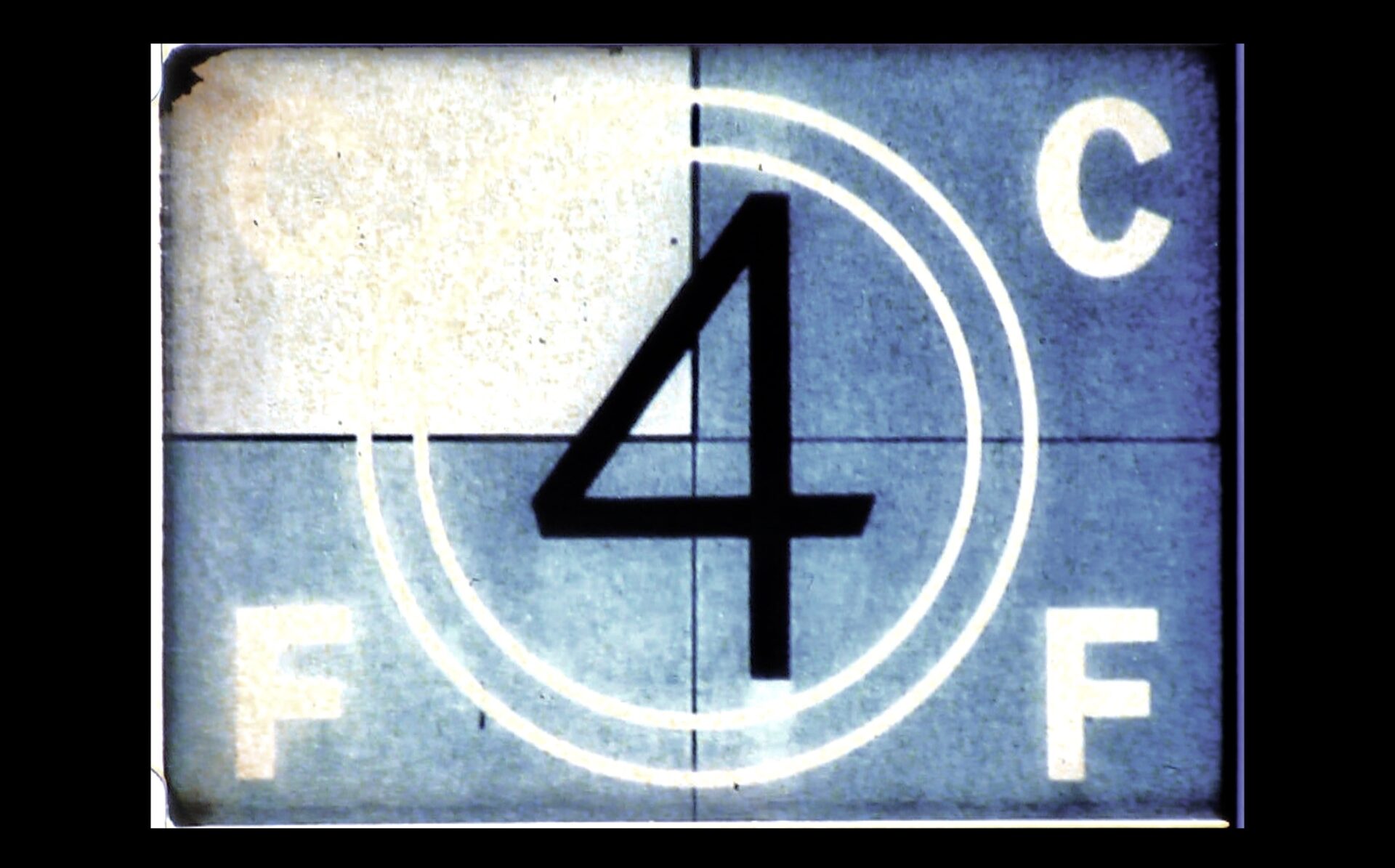
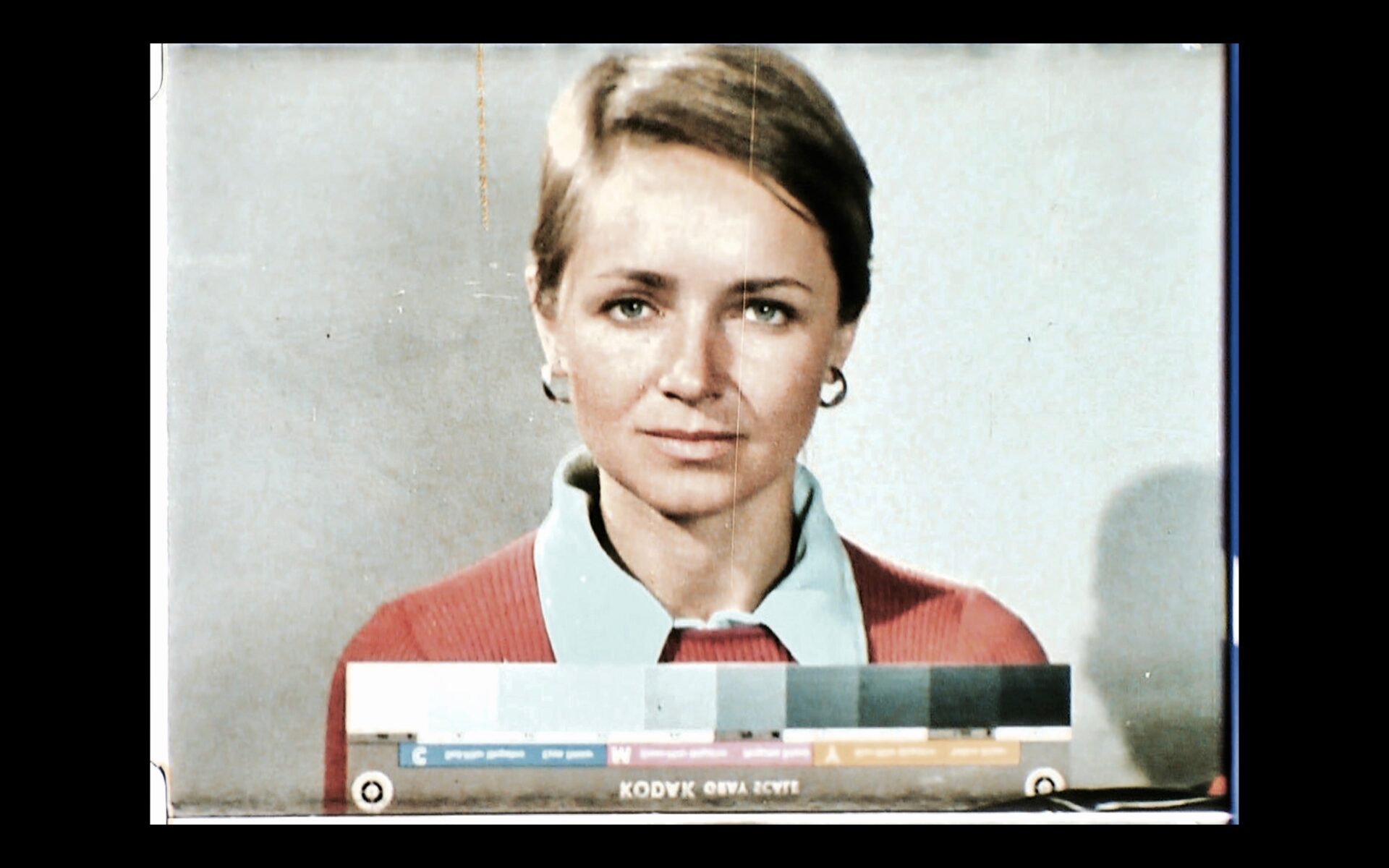
7. FILM FESTIVAL SCREENINGS (selection)
MINA (Ningbo, China), January 2020: Night Sail
VUCAVU, Canadian Film and Video online, 2018: 1000 Feet.
https://vucavu.com/en/canadian-filmmakers-distribution-centre/2000/1000-feet.
Docuverse (Melbourne, Australia), 2017: Viewfinders.
MINA (Melbourne, Australia), 2016: Ultramarine.
MINA (Auckland, New Zealand), 2015: InTransit@NeedHelp?
MINA (Wellington, New Zealand), 2014: Mobilarte (part 3).
Docula (Halifax, NS), 2011: The B-Film Keeper.
Faucet Media Arts Center (Sackville, NB), 2010: Stardust.
Edinburgh International Film Festival (Edinburgh, Scotland), 2010: Stardust.
Videoex International Experimental Film and Video Festival (Zurich, Switzerland), 2010: Honorable Mention International Competition - Stardust.
Go Short International Short Film Festival (Nijmegen, The Netherlands), 2010: Stardust.
Stem Cell: Edmonton Media Arts Festival (Edmonton, Alberta), 2010: Stardust.
Antimatter Film Festival (Victoria, BC), 2010: Stardust.
TUFF, Toronto Urban Film Festival (Toronto, Ontario), 2007: Men with Brooms.
Antimatter Film Festival (Victoria, British Columbia), 2007: Double Shot.
Curtas Villa do Conde (Conde, Portugal), 2007: Double Shot.
Antimatter Film Festival (Victoria, British Columbia), 2004: Struggling in Paradise.
Leuven International Short Film Festival (Leuven, Belgium), 2004: Struggling in Paradise.
Fellowship of the Reel (Halifax, 2002): winner “most innovative film” - Struggling in Paradise.
Rhode Island International Film Festival (Providence, 2002): Neuma
Festival International de Figuera da Foz (Portugal, 2001): 1000 Feet
Reel World Film Festival (Toronto, 2001): 1000 Feet
Festival of New Dance (St. Johns NFL, 2001): Hydromancy
Ann Arbor International Film Festival (Michigan, 2001): 1000 Feet
Festival International du Nouveau Cinéma, Nouveau Media (Montreal, 2000): 1000 Feet
Festival International de Figuera da Foz (Portugal, 1999): Hydromancy
Les Rendez-Vous du Cinéma Québecois (Montreal, 1999): Hydromancy
Rhode Island International Film Festival (Providence, 1998): Runner-Up Best Experimental Film - Hydromancy.
Festival International du Nouveau Cinéma, Nouveau Media (Montreal, 1998): Hydromancy
8. EXHIBITIONS and SPECIAL SCREENINGS
Group Exhibition - International Symposium of Artistic Bookbinding at the National Library of Quebec (Montreal, 1996): Tri-L’eau-Gie (handmade photo book in collaboration with Tonia Rudaz (Switzerland).
Group Exhibition - Abel Joseph Gallery (Brussels,1997): Freezing Time (video and photography).
Special screening titled “New Narratives” (with John Zeppetelli): Ecran Indépendant @ Cinémathèque Québequoise (Montreal, 1999): Hydromancy – Freezing Time – Enige Ogenblikken.
Group Exhibition - Project Y Canada (Montreal, Toronto, Quebec, Ottawa, 1999): Hydromancy
Solo Screening – Home Movies: Studio 303 (Montreal, 1999): Hydromancy
Solo Screening – American Dance Association: Dance on Camera Showcase @ Anthology Film Archives (New York, 1999): Hydromancy
Group Exhibition - Living Art / Moving Images @ Dalhousie University Art Gallery (Halifax, 2001): Hydromancy.
Group Exhibition - Other than English: Electrons outside the Vacuum - PIER-21, Multi-Cultural Art Gallery (Halifax, 2002): 1000 Feet.
Group Exhibition - Living Art / Moving Images @ Khyber Center for the Arts (Halifax, 2002): Neuma.
Solo Show at the Center for Yoga and The Study of Movement in Antwerp (Belgium, 2002): ‘Hydrography, Geography and Memography’: Photography and Prints.
Group Exhibition at the Public Library of Zottegem organized by EXIT (Belgium, 2002): Emerging Flemish Artists: collage/montage work.
Group Exhibition - China's Massive Earthquake: An Invitational Exhibition organized by The Nanjing Arts Institute curated by Wang Wing (RCM Art Museum China, 2008): Sea-Tossed World 1 & 2.
Special Screening @ Pleasure Dome & Inter Access (Toronto, ON), 2011: The B-Film Keeper
Special Screening - Fabulous Festival of Fringe Film (Durham, ON), 2011: The B-Film Keeper.
Group Exhibition - Urban being / Beekeeping in the Cities. Skolska 28 Gallery (Prague, Czech Republic), November 21-December 12, 2014: The B-Film Keeper.
Group Screening - The Distance Between: Short Films on the idea of Home and Away. Life performance by Ensemble Polaris accompanying short films. (Toronto, Innis College Theatre), May 16, 2015: Glissando.
Screening - International Women’s Day. Image Factory (IMA323), School of Image Arts, Ryerson University, March 7-17, 2017: Undressing Sexism.
Group Exhibition - Mobile Utopia (Lancaster University, UK), 2-5 November, 2017: Viewfinders
https://www.viewfinders.gallery/blog/viewfinders-mobile-utopia/
https://www.lancaster.ac.uk/cemore/mobile-utopia-exhibition/
Group Exhibition - Invisible Geographies @ FLEFF-Finger Lake Environmental Film Festival (Ithaca, NY, USA), 2018: Viewfinders.
https://www.ithaca.edu/fleff/invisible_geographies/viewfinders/
Solo Show - Flagging Film, Filming Flags: Notes on Cinephemera and Obsolescence. Gallery IMA310, School of Image Arts, Ryerson University. September 5-15, 2018: Video and Photography.
